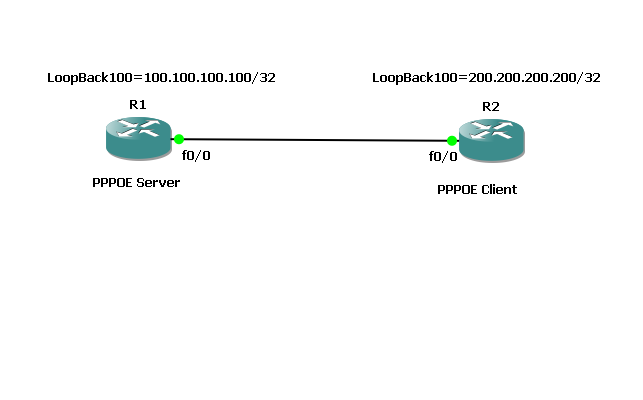16.3. Examining transit areas' summary-LSAs
This step is only performed by area border routers attached to one or more non-backbone areas that are capable of carrying
transit traffic (i.e., "transit areas", or those areas whose
TransitCapability parameter has been set to TRUE in Step 2 of
the Dijkstra algorithm (see Section 16.1).
The purpose of the calculation below is to examine the transit
areas to see whether they provide any better (shorter) paths
than the paths previously calculated in Sections 16.1 and 16.2.
Any paths found that are better than or equal to previously
discovered paths are installed in the routing table.
The calculation also determines the actual next hop(s) for those
destinations whose next hop was calculated as a virtual link in
Sections 16.1 and 16.2. After completion of the calculation
below, any paths calculated in Sections 16.1 and 16.2 that still
have unresolved virtual next hops should be discarded.
so what does it mean in Plain English?!!


